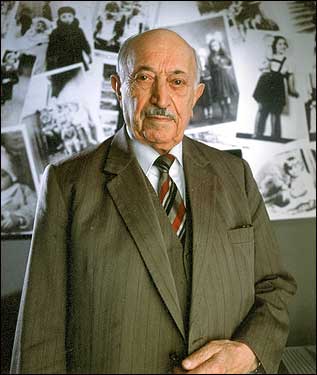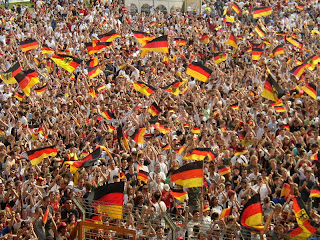
I don't know if many of you know this story, but it is simply amazing. Back in 1998 the small town of Whitwell, Tennessee began a project which included the collection of six million paper clips-- each one representing each Jew that was killed during the Holocaust. Whitwell is a very homogenous town consisting of an exclusively white an Christian population. The students at Whitwell Middle School had never really been exposed to the concept of diverstity and massacre. The school principal then decided that the students needed to learn about different experiences outside their sheltered town. Once two of the teachers started teaching about the Holocaust, the students were shocked and they wanted to know more. They wanted to know what the number six million actually means.To commemorate every killed Jew during the Holocaust, the school decided to embark on a project which entailed collecting six million paper clips. These students became so dedicated to the project, but it took so long that it spanned over many years. In the end, their project became known all around the world, even internationally. They collected a total of 29 milllion paperclips from people all around the world. Their project was so inspiring that they had thousands of people sending paperclips daily. The school was able to then track down a railcar that was used in the Holocaust. Eleven milllion paperclips (6 million for the Jews, 5 million for the gypsies, homosexuas, and other victims that were targeted) now rest in the this railcar outside Whitwell Middle School. This project changed the lives of many individuals and it shows how a simple idea, like collecting 6 million paperclips, can actually be carried out. Many participants claimed that this project changed their lives.
Here are some questions I have for you:
-First, how many of you knew about this?
-Does it surprise you that such a small community could make a project like this internationally known? What does this say about the power of the individual?
-Why are homogenous communities not always taught about a diversity of issues in school? How important is location to education?
-How is this project an example of memory and legacy?
-How do you think Holocaust survivors reacted to this project? Deniers?
I saw this movie about a week ago and it really helped me understand that many communities don't teach about global events such as the Holocaust. Since this population was all white Christian, they may not have felt the need to inform their kids about events such as the Holocaust that may have no personal relevance. Here in San Francisco and as a student at Lick, I have been exposed to the many world problems. Growing up in a city and having the ability to take a class like Genocide has really changed my world perspective. I encourage everyone to see this movie because it was really moving and made me think about my role as a student studying the Holocaust.
Here is the trailer:




